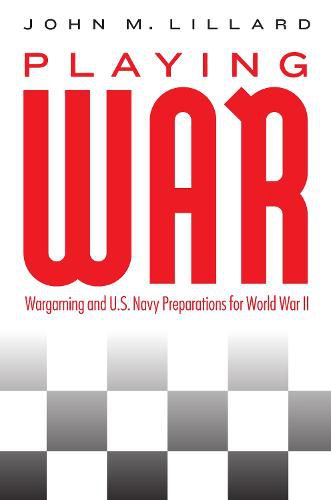Readings Newsletter
Become a Readings Member to make your shopping experience even easier.
Sign in or sign up for free!
You’re not far away from qualifying for FREE standard shipping within Australia
You’ve qualified for FREE standard shipping within Australia
The cart is loading…






Between the First and the Second World War, the U.S. Navy used the experience it had gained in battle to prepare for future wars through simulated conflicts, or war games, at the Naval War College. In Playing War John M. Lillard analyzes individual war games in detail, showing how players tested new tactics and doctrines, experimented with advanced technology, and transformed its approaches through these war games, learning lessons that would prepare them to make critical decisions in the years to come.
Recent histories of the interwar period explore how the U.S. Navy digested the impacts of World War I and prepared itself for World War II. However, most of these works overlook or dismiss the transformational quality of the War College war games and the central role they played in preparing the navy for war. To address that gap, Playing War details how the interwar navy projected itself into the future through simulated conflicts. Playing War recasts the reputation of the interwar Naval War College as an agent of preparation and innovation and the war games as the instruments of that agency.
$9.00 standard shipping within Australia
FREE standard shipping within Australia for orders over $100.00
Express & International shipping calculated at checkout
Between the First and the Second World War, the U.S. Navy used the experience it had gained in battle to prepare for future wars through simulated conflicts, or war games, at the Naval War College. In Playing War John M. Lillard analyzes individual war games in detail, showing how players tested new tactics and doctrines, experimented with advanced technology, and transformed its approaches through these war games, learning lessons that would prepare them to make critical decisions in the years to come.
Recent histories of the interwar period explore how the U.S. Navy digested the impacts of World War I and prepared itself for World War II. However, most of these works overlook or dismiss the transformational quality of the War College war games and the central role they played in preparing the navy for war. To address that gap, Playing War details how the interwar navy projected itself into the future through simulated conflicts. Playing War recasts the reputation of the interwar Naval War College as an agent of preparation and innovation and the war games as the instruments of that agency.